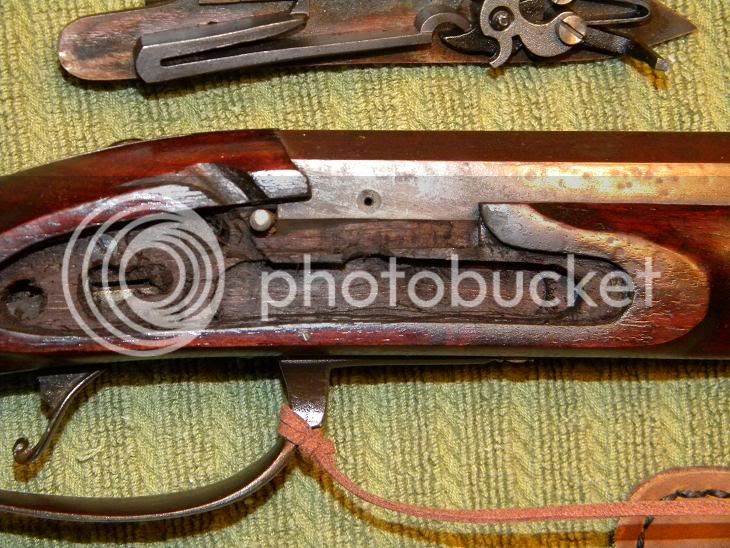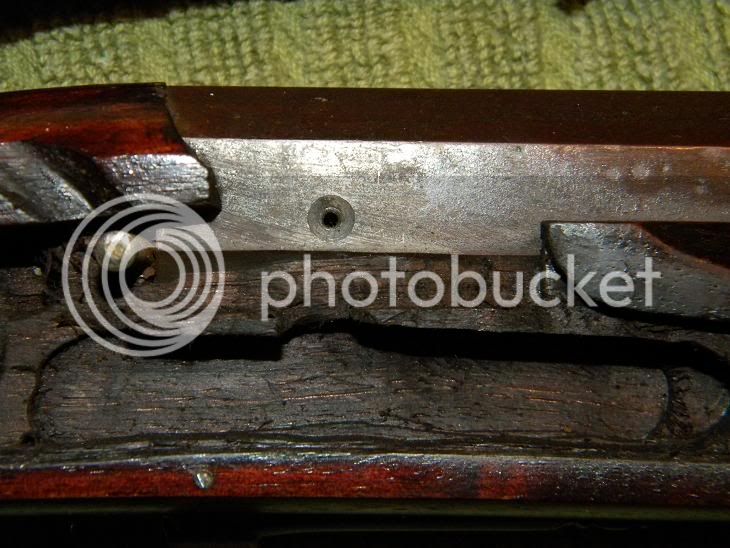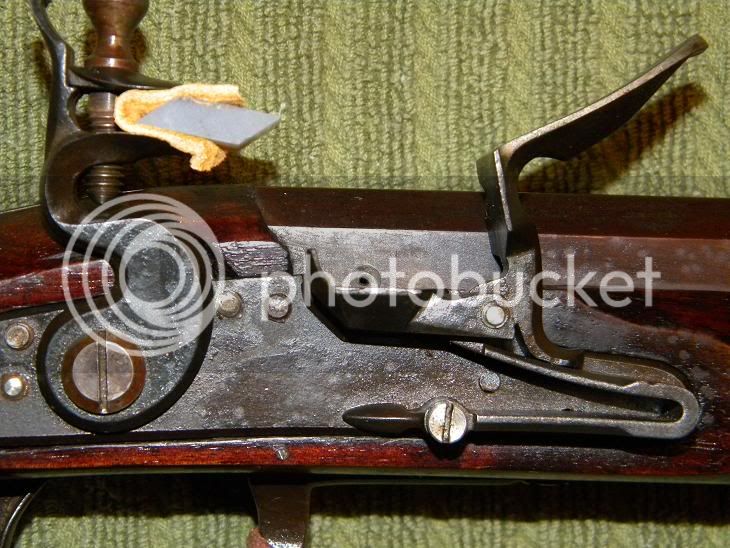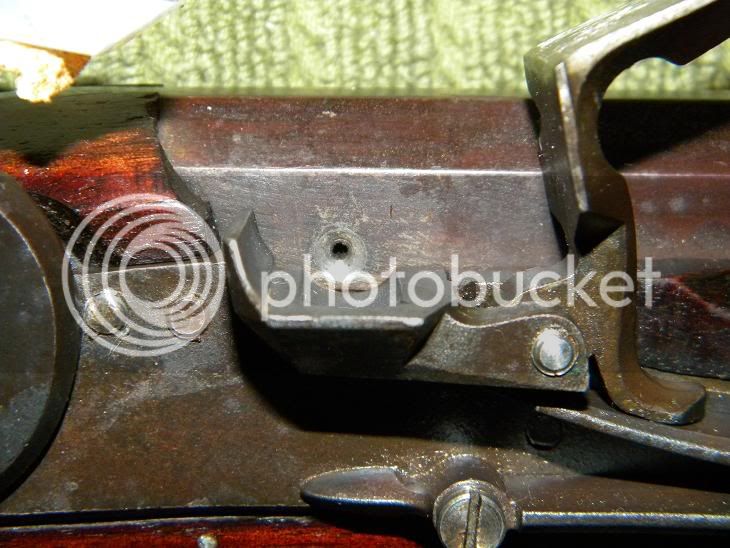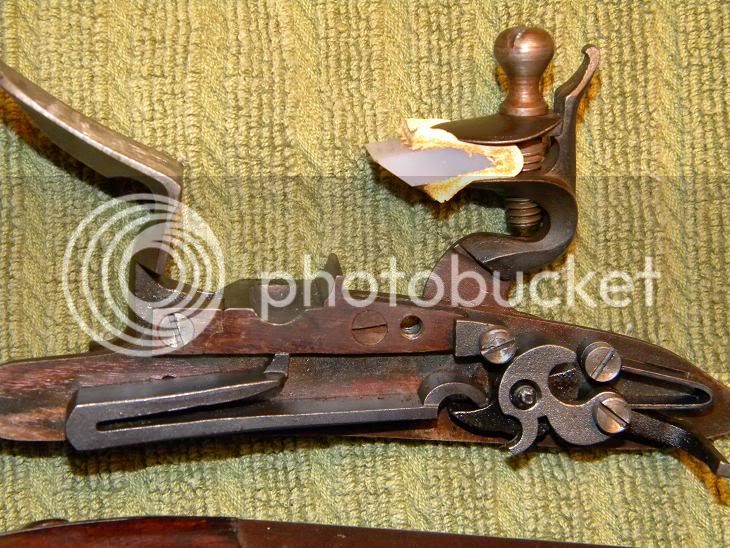I noticed the vent hole looks high on the photo, too. Although from the angle of the photo it is not possible to tell how high. If it is exposed when the frizzen is down, then if he opens up the vent hole more he may just lose powder from the charge in the barrel. (ask me how I know). Then he could be walking around all day hunting and slowly bleeding out his main charge!!! oh my. And we all know with a diminishing main charge he could get "diminishing" results.
I'm with Paul and those who advise in this case (of a too high vent hole): To load up more pan powder to get MORE flash in the pan to reach up and light that high vent hole.
I'm with Paul and those who advise in this case (of a too high vent hole): To load up more pan powder to get MORE flash in the pan to reach up and light that high vent hole.




